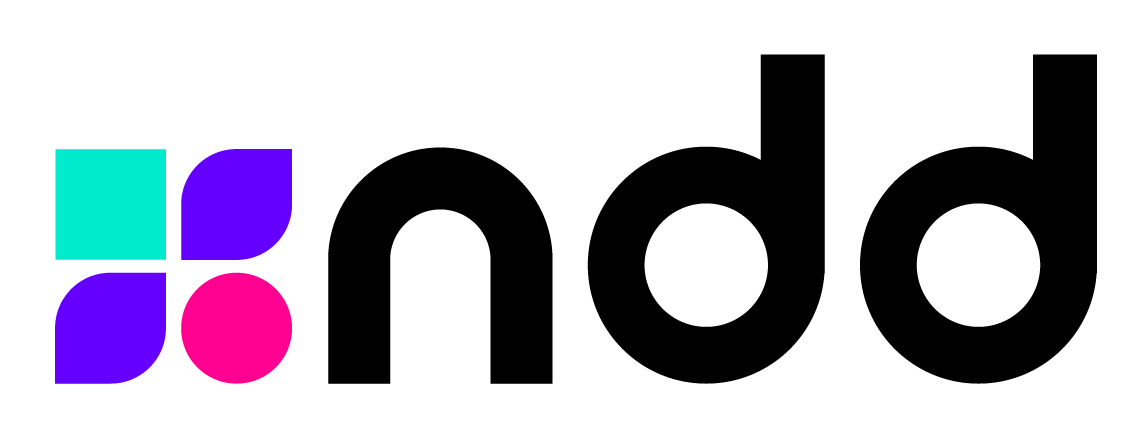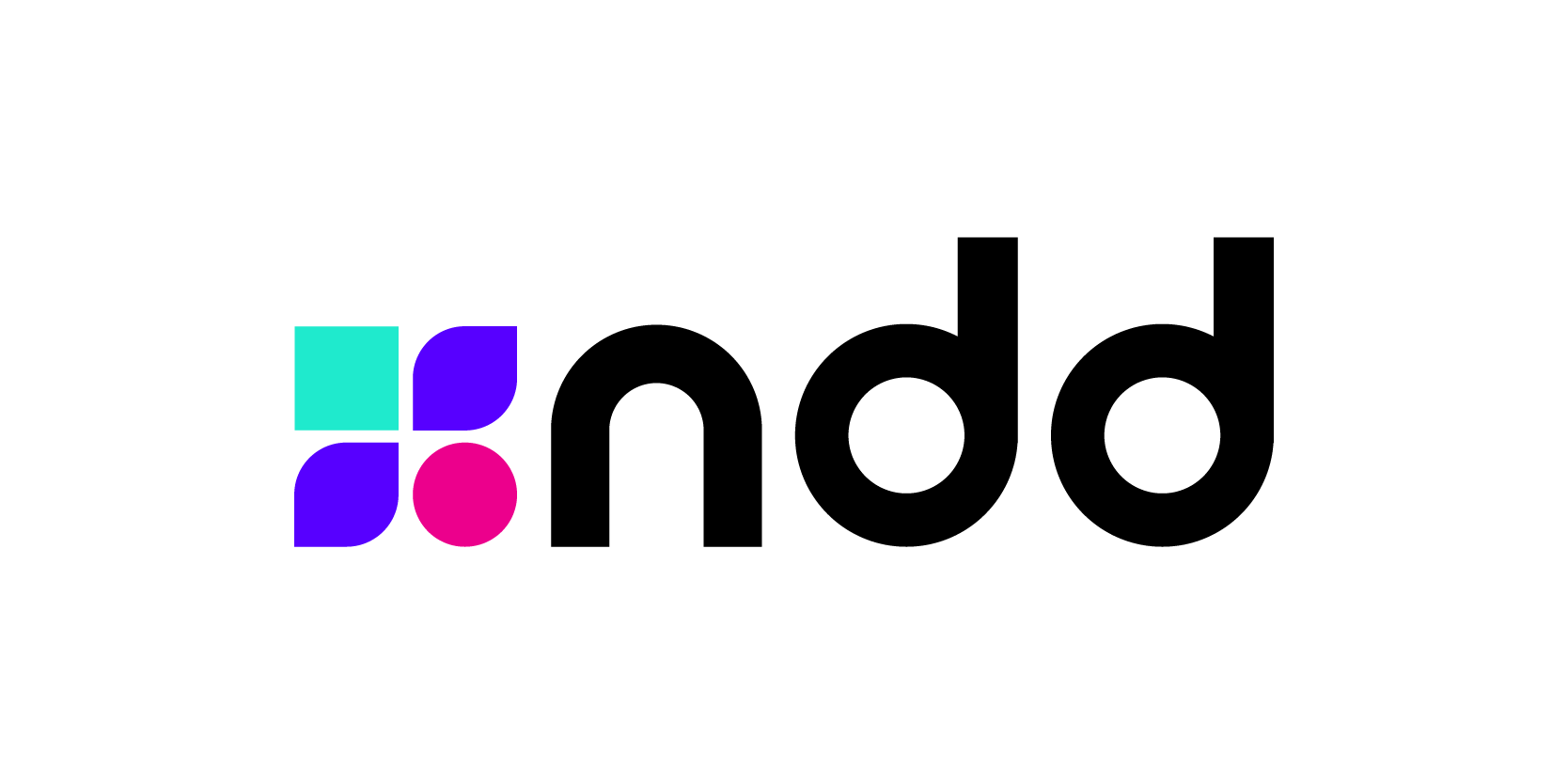Using print policy help the client to better management of print supplies, with automatic rules, according to device, position, or employee.
Print costs can sum something between 1% and 3% of annual revenue, according to Gartner Institute research. That amount is due to the necessity of maintenance of devices and, mainly, the costs of supplies, especially toners and cartridges. With this reality, one of the smartest ways to optimize costs is customized print policies, which is the theme of our second article in the series “Efficient print management with NDD.”
Without the skilled support of a Managed Print Service (MPS), clients are not capable of fully print accounting and may be caught off guard with new supply acquisitions to guarantee the operation of the devices, as we show in our last article. The print management suffers from a lack of information since it is impossible to attribute the documents to a department or a person.
From the MPS’ point of view, the next step after the print accounting is to explain to the clients the possibility of applying a print policy. There are differences between print quotas and print policy: the first one establishes limits and amounts of printing, and the second limits’ device usage.
>> Discover how to use printing rules for your workplace. Learn more about NDD Print 360
The importance of guidance
Before hiring a print management solution, your client may have little or any information about the history of print and consumption. Data such as total volume, which department makes the most use of the devices, and why the company needs to print are not available to decision-making.
With that reality in mind, print accounting offers information and reports aiming to understand and rationalize the consumption of the print environment. When the print provider and the client access data, the provider must guide the client in establishing their print policy.
The new rules must follow the real need of the business, making customization for people, departments, or positions. That way, the new feature will not interfere with the routine, except it is in the interest of the company.
A new policy does not signify the elimination of print documents in a company. That is the reason to create a print policy: departments have different needs, and it is possible to specify devices to print with low opacity and black and white (to save toner consumption), while the marketing can print reports in high quality if there is need for it.
Which are the possibilities with print policy?
There are several aspects to consider before applying a print policy. The first step is to understand the history of prints and their needs. Managing the print business allows the client to educate the workforce on how to use the devices in a good way. See some possibilities:
– Print restriction – The customer can find that some employees or departments make more use of the devices. It helps set restrictions, according to a department, position, or even the badge.
– Division of devices – It is possible to separate devices for intern use (economic printing) and external (quality printing).
– Limited functions – Must all the devices print and copy? Which should be used only in digitalization?
– Convert prints – Define that internal document must be printed dual-sided. The same rule could be adjusted for external use. This conversion happens automatically.
We explained more about this subject in this article: what to consider applying print policy.
Communication is the key
Employees that understand company policies are more eager to respect the rules. It is the client’s role to spread its print polity to the employees, with the support of Marketing or Communications teams, helping to distribute the proper information in several canals. All the clients can capitalize on print policy, even those who hired an MPS to focus on its core business.
When creating a print polity, all employees must be informed about the new guidelines. Even in a digital world, it is crucial to set notices close to the devices, especially if this printer will operate with limited functions. Make sure that each device becomes visible.
In the next article of the series “Efficient print management with NDD”, we will approach one of the clients’ main concerns: how to guarantee a straightforward print.
>> Chat with one expert and ask for an NDD Print free trial of NDD Print 360



